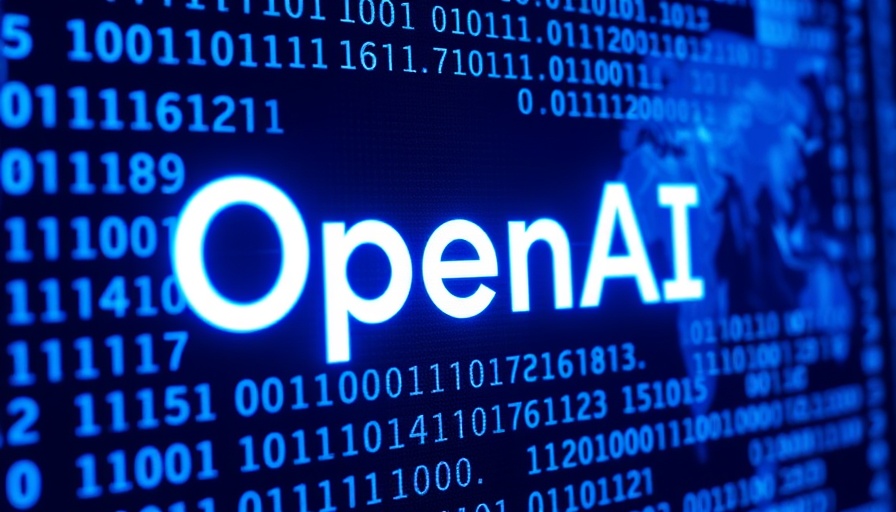
OpenAI Forecasts New Horizons With Statsig Acquisition
In a bold strategic move, OpenAI has announced its acquisition of the product testing startup Statsig for $1.1 billion in an all-stock deal, one of its largest acquisitions to date. This decision comes as OpenAI aims to expand its Applications division, spurred by the company’s ambitious vision to enhance its AI capabilities across future technologies. With this acquisition, OpenAI is not only enhancing its technological infrastructure but also ensuring its place as a strong competitor in the rapidly evolving AI landscape.
The Strategic Importance of Statsig
Statsig’s product testing platform is highly regarded for providing robust experimentation tools that will facilitate faster product development cycles across OpenAI’s application suites, including its AI productivity tools like ChatGPT and Codex. By incorporating Statsig's capabilities, OpenAI hopes to drive innovative solutions faster and meet the demands of tech-savvy users and businesses seeking advanced AI-driven tools.
Leadership Changes Signal a New Direction
The leadership reshuffle accompanies the acquisition, with Vijaye Raji, Statsig’s founder and CEO, stepping into the role of CTO of Applications. Raji's expertise will be vital in steering the product engineering efforts at OpenAI, emphasizing a shift towards a more integrated and innovative product development approach. Further changes include Kevin Weil transitioning to lead OpenAI for Science, aiming to develop AI-powered platforms that facilitate scientific discovery, showcasing OpenAI’s commitment to leveraging technology for societal benefit.
The Future of AI Integration in Business
As companies increasingly embrace AI technology trends, OpenAI's acquisition of Statsig signals a broader movement towards integrating AI into everyday business practices. This move highlights the potential for AI to disrupt various industries by optimizing processes, enhancing product quality, and driving efficiencies. Businesses now more than ever are looking for AI tools and platforms that can offer actionable insights and streamline operations, and OpenAI is positioning itself to provide these solutions through cutting-edge technologies.
Key Implications for the Tech Landscape
With OpenAI’s latest acquisition, the tech landscape is on the brink of exciting advancements. As traditional boundaries between AI technology applications and product development blur, new trends are expected to emerge, revolutionizing how tech solutions are approached. The shift towards AI-powered technology not only implies a more intelligent approach to product creation but also hints at future tech industries where AI automation tools will become integral. OpenAI’s proactive stance is a case study for other tech firms in embracing and integrating new disruptions.
Your Role in Embracing AI Innovations
As consumers and professionals in the tech space, it’s crucial to stay informed and adapt to these changes. Understanding how to harness AI tools effectively can position you competitively in your career or business. Therefore, keep an eye on developments from companies like OpenAI, as they lead the charge towards next-generation technology solutions and innovative applications. Adapting to these tech innovations will not just keep you relevant but also empowered within your professional sphere.
Conclusion: The Road Ahead for OpenAI and Statsig
The acquisition of Statsig is more than a financial investment; it's a strategic maneuver designed to propel OpenAI into the forefront of the future of technology. By enhancing its Applications business with a focus on practical deployment of AI tools, OpenAI is setting a precedent for innovation within the tech industry. As stakeholders in this ecosystem, it is our responsibility to engage with these advancements and explore their potential.
Stay tuned for more updates as OpenAI continues to shape the landscape of AI and technology innovation.
 Add Row
Add Row  Add
Add 




Write A Comment